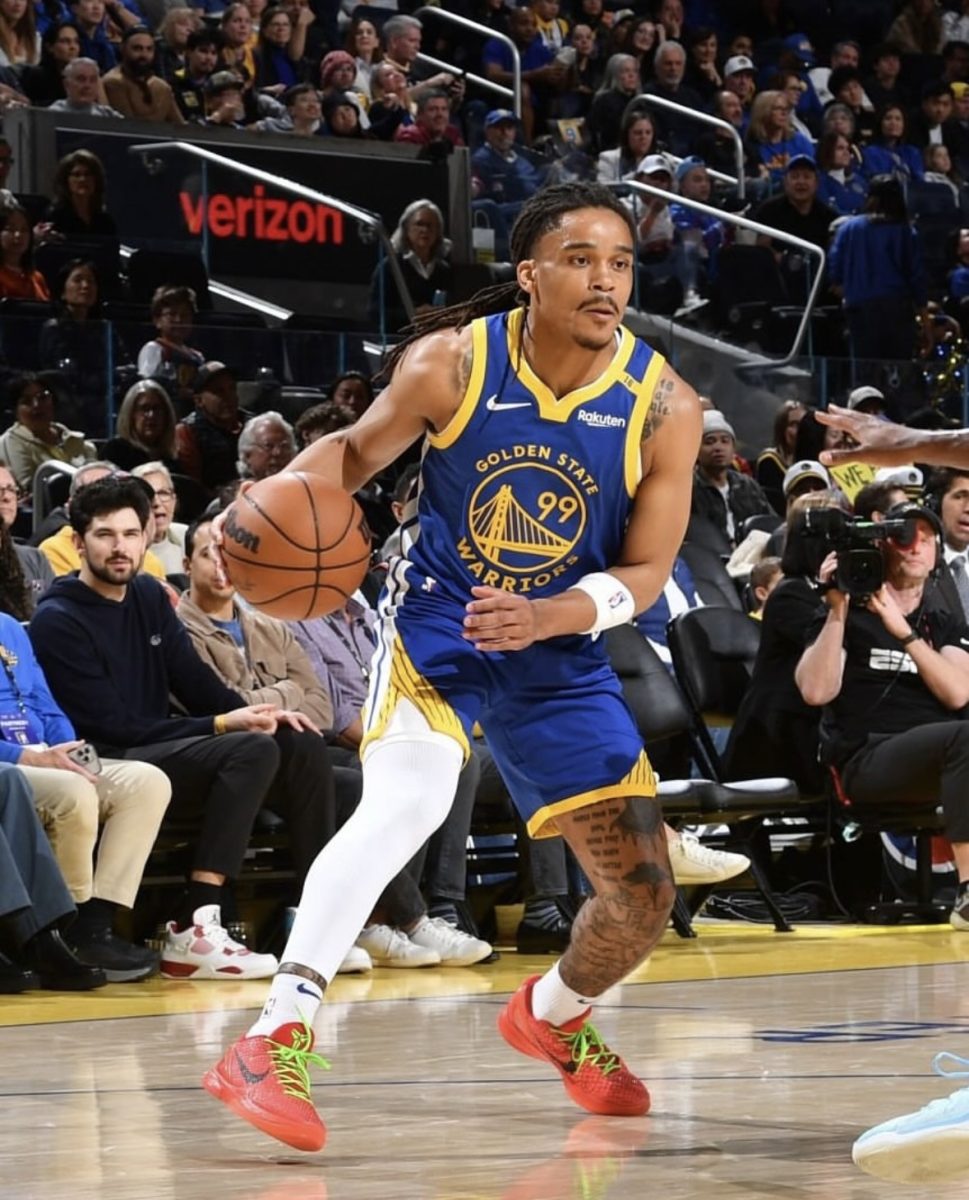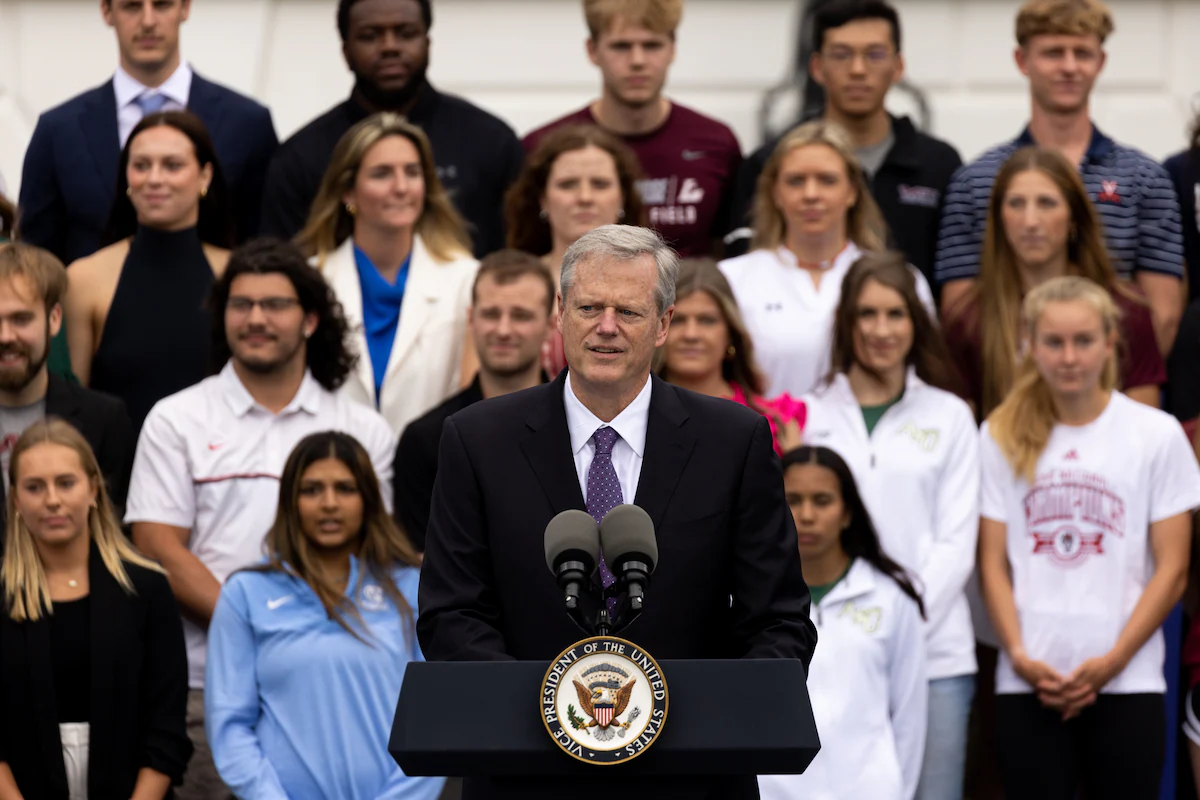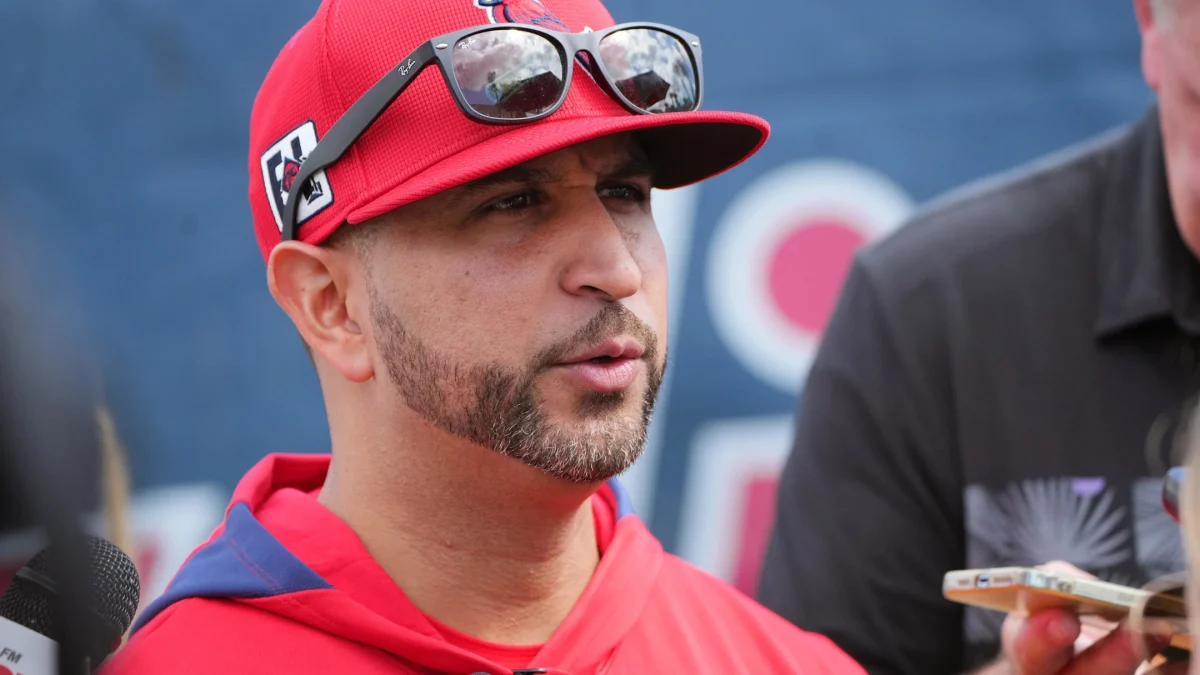 When the term “grounds supervisor” is mentioned, images of the most famous groundskeeper of all time, Bill Murray’s character in the movie “Caddyshack” probably come to mind. In the flick, Murray is constantly crawling on the ground, mumbling nonsense to himself while trying to ward off pesky, burrowing gophers.
When the term “grounds supervisor” is mentioned, images of the most famous groundskeeper of all time, Bill Murray’s character in the movie “Caddyshack” probably come to mind. In the flick, Murray is constantly crawling on the ground, mumbling nonsense to himself while trying to ward off pesky, burrowing gophers.
Saint Louis University’s Grounds Supervisor, Keith Labitska, will be the first to proclaim that there is some truth to the depiction.
“You have to be a little goofy and quirky to take care of grass for a living,” he said.
Labistka is not all fun and games, though. After 22 years in the business, he has mastered the blend of the art and science that is grounds keeping.
Evidence of this mastery can be found on the pitch at Robert R. Hermann Stadium, his pride and joy for the past four years. The natural grass field is as green as Dublin on St. Patrick’s Day.
The current state of the lush turf was a product of the hard work Labitska and his staff put in over the past couple months.
It is quite the feat, considering Mother Nature handed Labitska and the rest of the St. Louis community its second hottest summer on record this past year. With temperatures approaching and exceeding triple-digits on a regular basis, it provided a challenge for Labitska to keep the grass healthy.
Labitska struggled against the scorching heat all summer, trying to keep the field in a playable condition. Nevertheless, when the Billiken soccer teams resumed play this season, there were noticeable blemishes and brown patches present, both qualities no groundskeeper likes to hear as describing one of their fields.
Labitska accepted the circumstances when the season commenced, but he set a goal to have the field in perfect condition for the late September homecoming soccer match.
He wanted to make a good impression on the large crowd expected for the much-anticipated game versus Drake University.
He utilized many different resources and technologies to reach that objective.
Labitska tapped into the artistic side of grounds keeping by making it a habit to walk the field every day.
“Even if I miss walking the field for a single day, the conditions of the field can take a turn for the worse.”
Labitska examined the field from different vantage points in the stadium to enure he did not miss a single detail; he compared before and after photos to monitor progress.
Since his job requires him to spend so much time on the turf, he has developed a personal relationship with it.
“Yeah, I’ll get down there and talk to the grass from time to time to see how it’s doing,” Labitska said. “It has become almost like a child to me.”
Being the grounds supervisor requires more than just checking on the grass and watering the brown patches. It takes a thorough knowledge of the technical side of the profession to produce results like the ones seen at Hermann Stadium.
Labitska goes into mad-scientist mode when he takes a sample of the grass and sends it to a lab for tissue analysis.
The lab will then return the results, which show the levels of nitrogen, phosphorus and potassium, or NPK as it is known in the grounds keeping business, in the grass.
The varying levels of NPK help Labitska determine the type of fertilizer with which to dress the field.
It is important to constantly check the NPK level because with temperatures constantly changing, each element’s level in the grass fluctuates. In order to combat those changes, one must change the fertilizer and cultural practices to keep the turf in good shape.
“It is a juggling and balancing act,” Labitska said.
Labitska also employs a technique called “vertidraining” to keep the grass in good condition. He defined this as “the process of poking holes several inches into the ground to ensure that oxygen is getting to the roots of the turf.”
The grass on the field at Hermann Stadium is more than what is found in an average backyard. It is a bluegrass, which is a cold season grass. That means its prime growing conditions come in September and October, optimal for the Billiken soccer schedule. When the bluegrass is a rich green hue, compliments continually flow to Labitska.
Junior men’s soccer player Beau Bellomy is one of many varsity players who benefits from Labitska’s hard work.
“Our game field is always looking real nice,” Bellomy said. “They work on it every single day. Not only does it look good, but it plays really well. The players really appreciate it..”
Labitska stresses that the credit should not be directed only to him, but also to the members of his crew.
“They’re the ones doing all the work. I just spur them in the right direction. I don’t even get my hands dirty, although I try to every now and then,” Labitska said.
Labitska appears to be, unfortunately, of a dying breed. Within the past decade, there has been a rise in the number of institutions replacing their natural grass fields with an artificial turf substitute.
A movement in this direction could potentially put Labitska out of a job in the future, but he is certain his employment is secure.
He considers artificial turf not as a substitute, but rather a poor replacement.
“Nothing can compare to the feel, smell or beautiful green color of a natural grass field.”
It is important to note that Labitska is not only responsible for the condition of the soccer game field. He also oversees the baseball, softball, intramural and practice soccer fields. The new multi-purpose athletic fields, currently being built at the medical campus, will also fall under his jurisdiction.
With all of those fields to maintain, Labitksa definitely has his hands full, even more so than Murray with his gophers.










